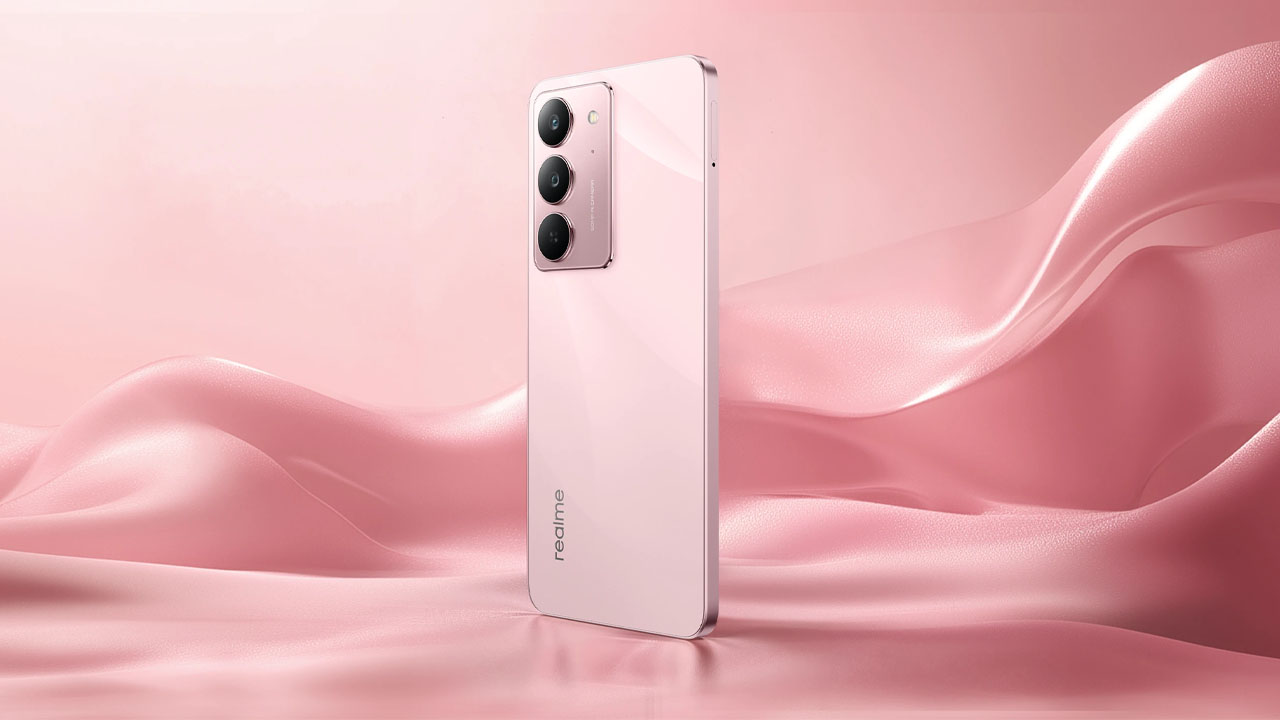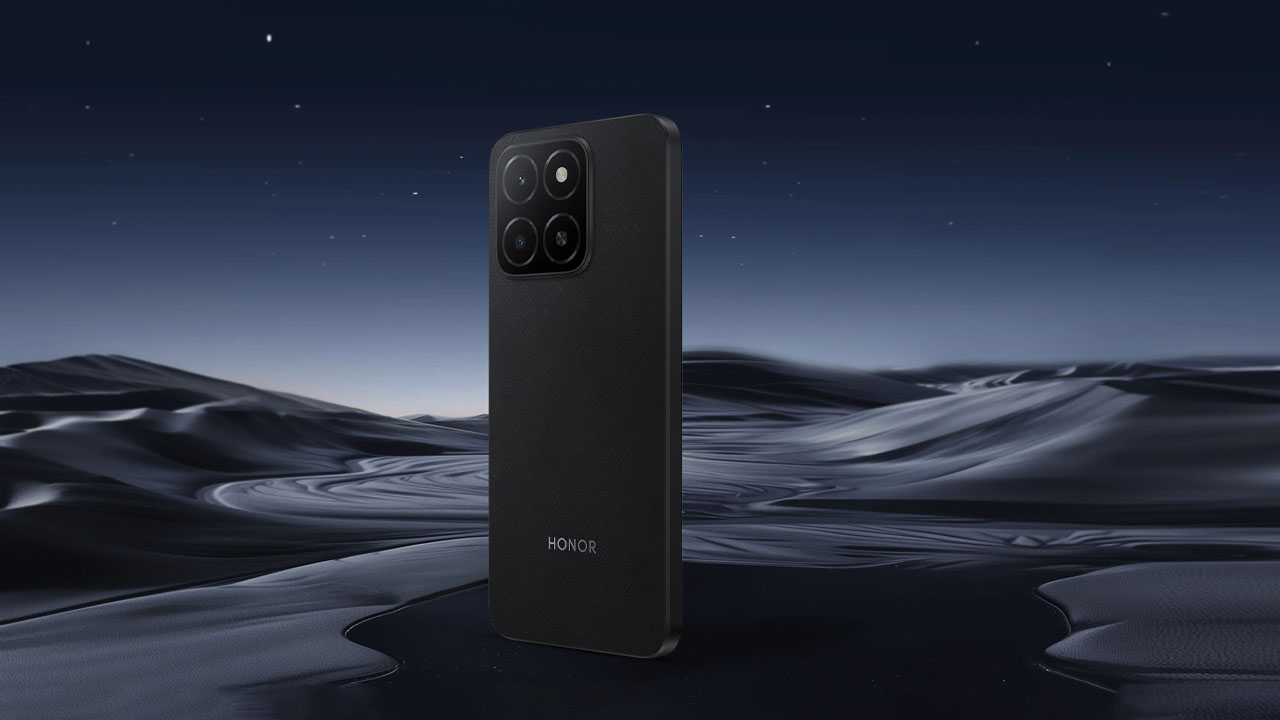
Positioned as a “lifestyle pickup truck”, the Shark 6 is out to break the usual stereotypes associated with pickup trucks.
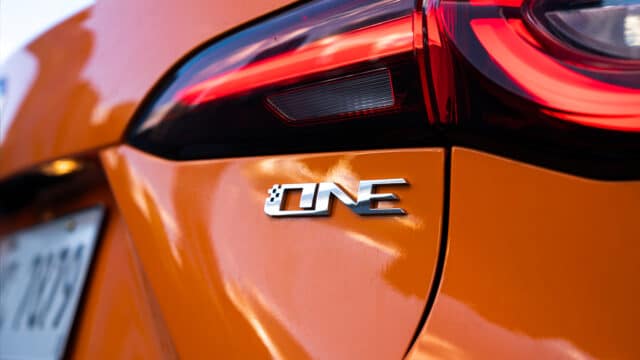
The 2024 MG One brings a tech-forward experience to the compact SUV segment

Given its target market, power users, gamers, and tech enthusiasts, the iQOO 13 strikes a great balance.
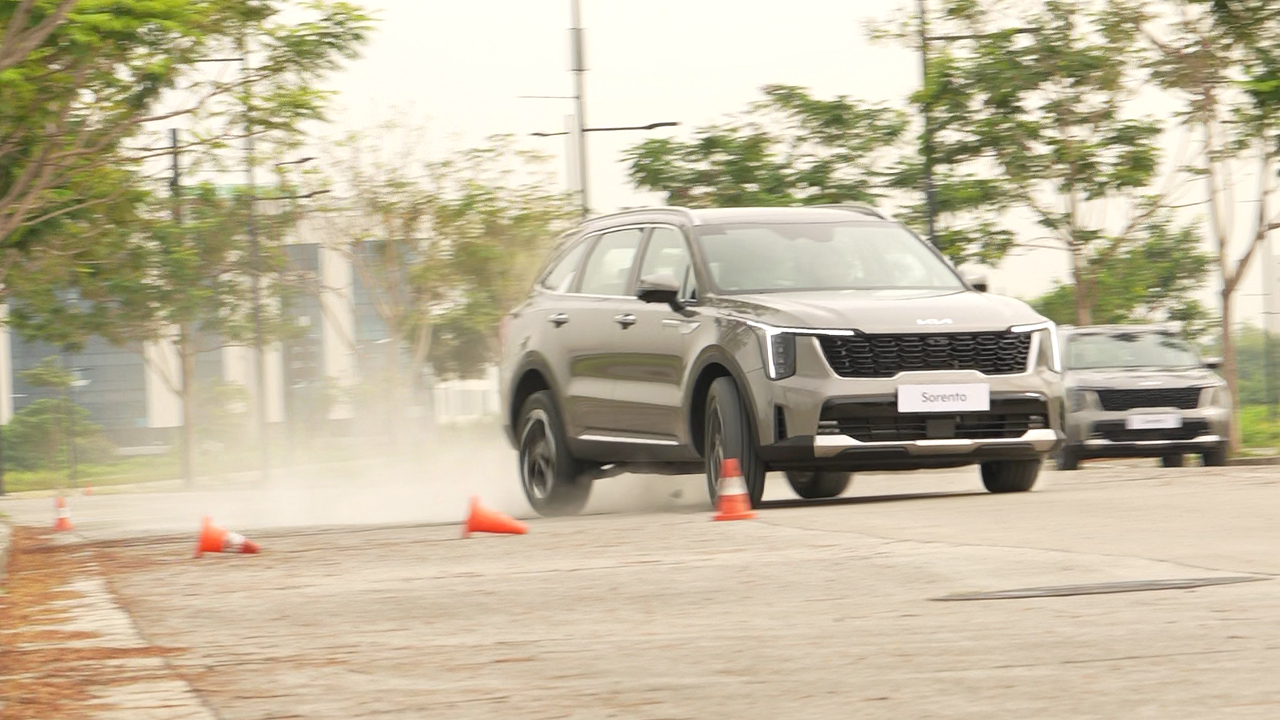
For this year’s lineup, all of the Sorento’s variants will be electrified with three models to choose from.

But the OPPO Reno12 Pro 5G has a full bag of tricks. From being the original portrait expert to those local AI features, it’s got a lot to offer, and here are a few that we love.

This initiative is part of KALYE X, Spotify’s year-long program aimed at championing Pinoy Hip-hop

ed Bull Basement offers a comprehensive platform where participants can unlock their potential through unique opportunities such as networking, collaboration, and expert-led workshops.

Dyson is expanding its beauty line with the introduction of its first-ever wet line styling products, the Dyson Chitosan formulations range.
TCL intros the Whitelines Experience - a new range of innovative appliances designed to bring ease, comfort, and style into your everyday life.

Make this Valentine’s Day extra special with a thoughtful Logitech gift that’s both stylish and functional.
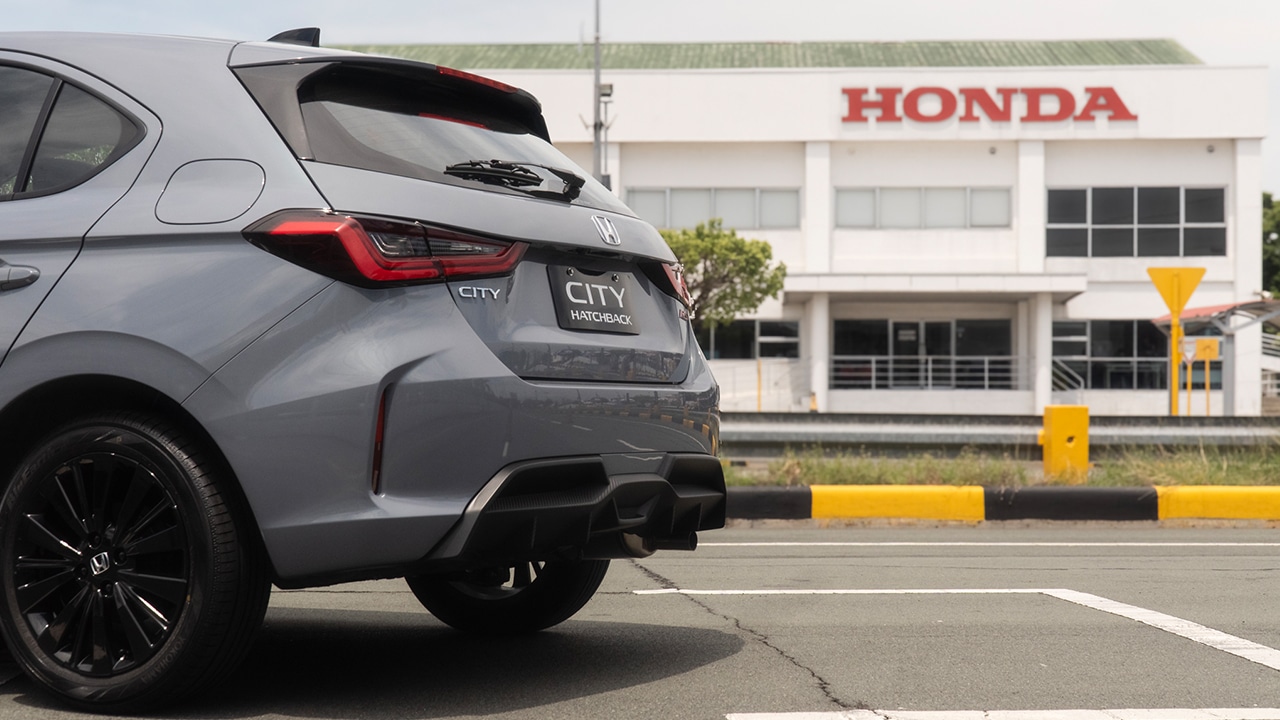
Honda Cars Philippines, Inc. (HCPI) is celebrating the month of love with special deals

The Philippines will play a key role in the company’s global delivery operations, focusing on AI-enhanced software engineering.

TMP will travel to multiple locations, with SM Megamall as its first stop from February 7 - 9.

realme Philippines is rolling out special discounts and exclusive freebies in time for Valentine’s Day
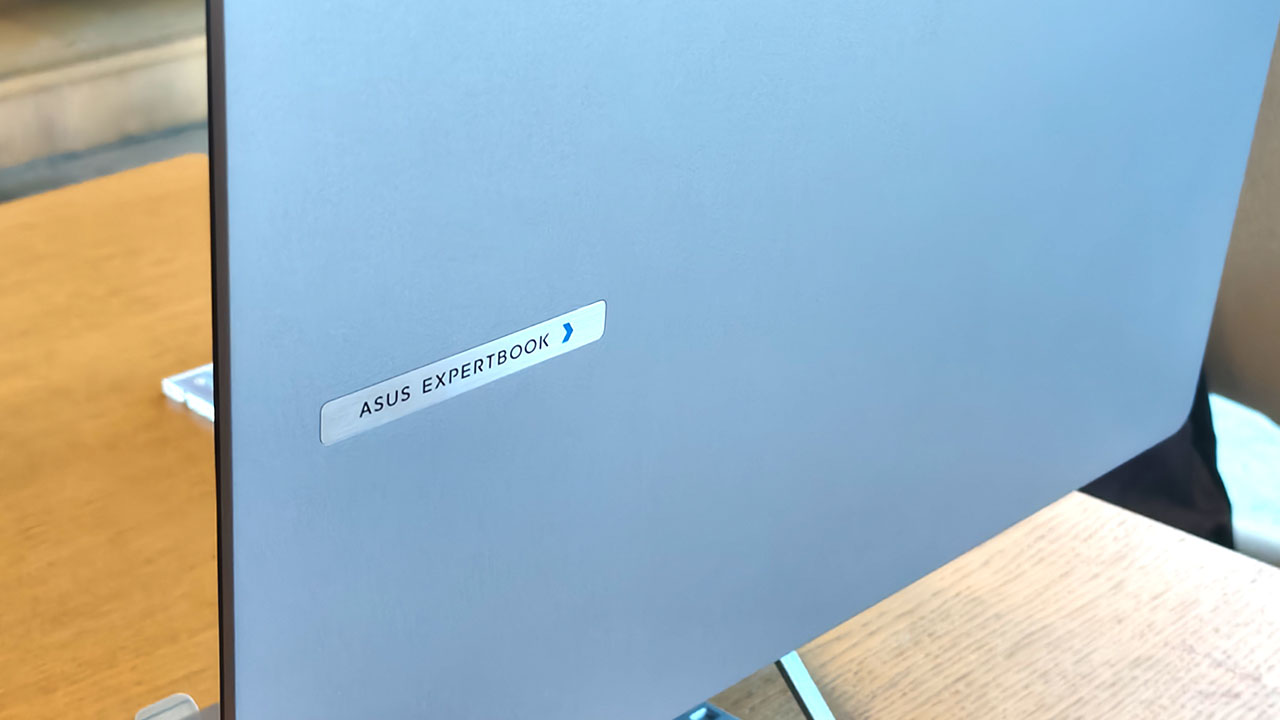
ASUS has officially launched its latest ExpertBook lineup in the Philippines

vivo is bringing a bold new look to its V-series lineup with the vivo V50 in Ancora Red

For this year's lineup, all of the Sorento's variants will be electrified with three models to choose from.

Spotify brings its immersive exhibition "This Is Taylor Swift. A Spotify Playlist Experience" to the city this February 2025.
